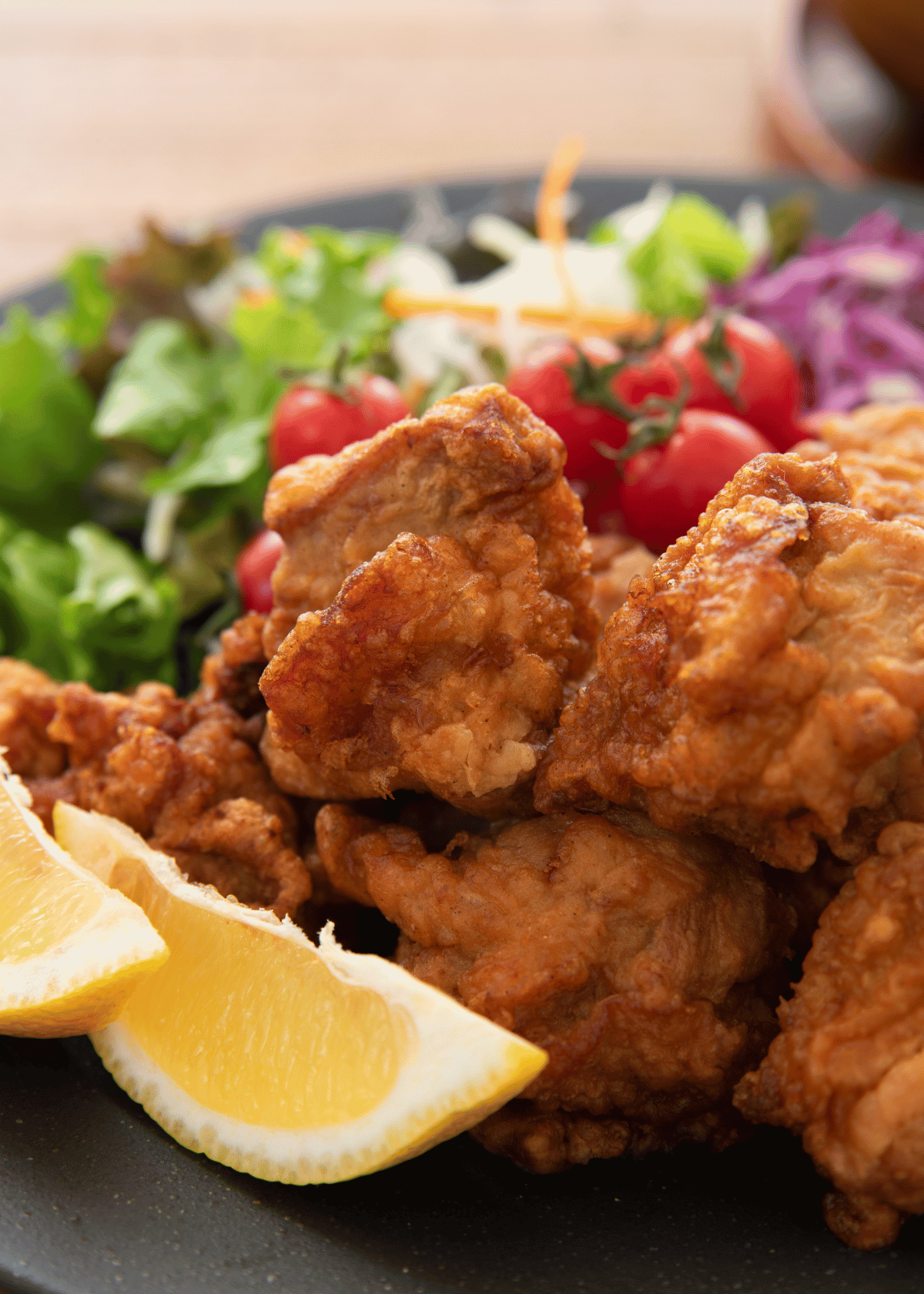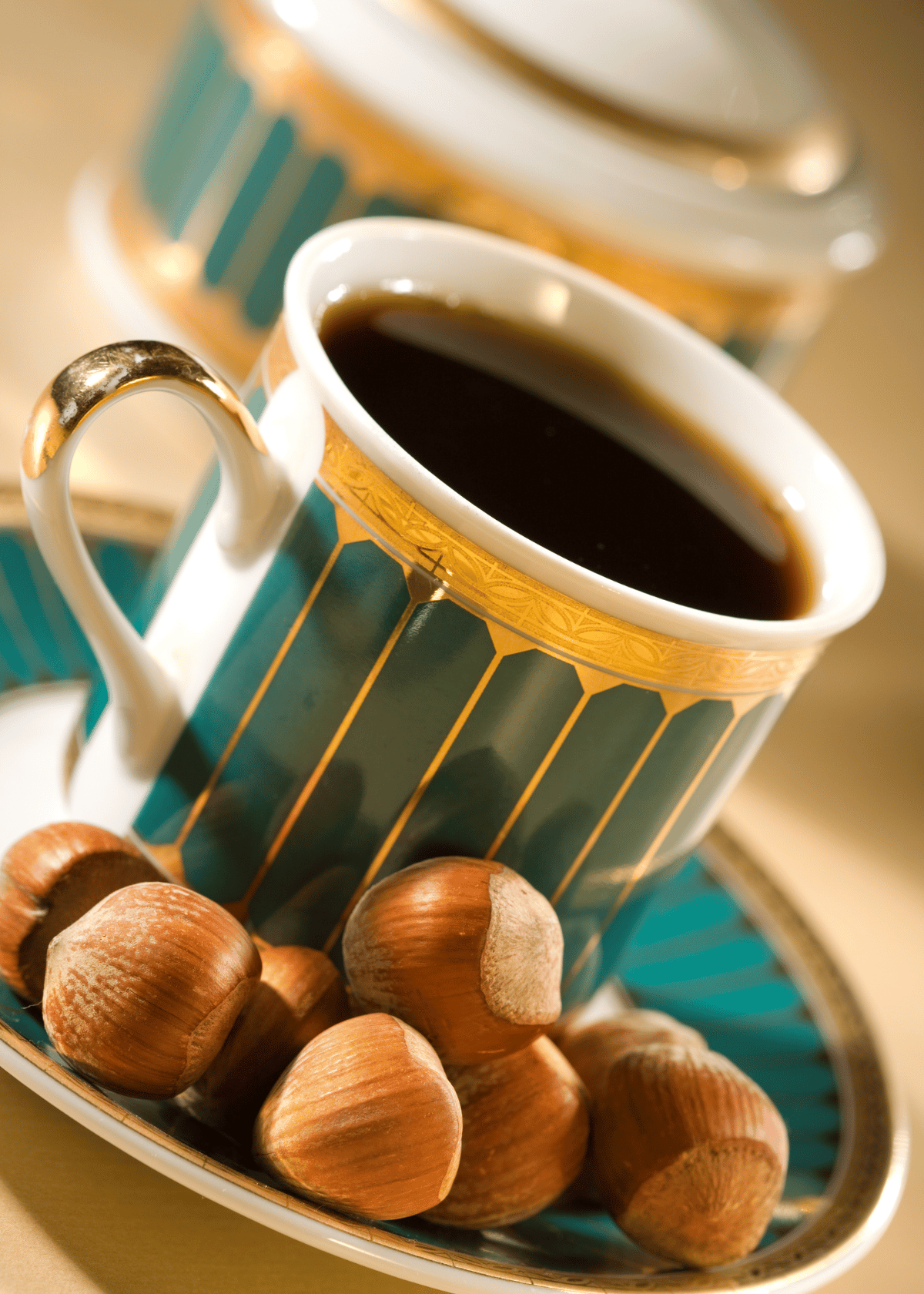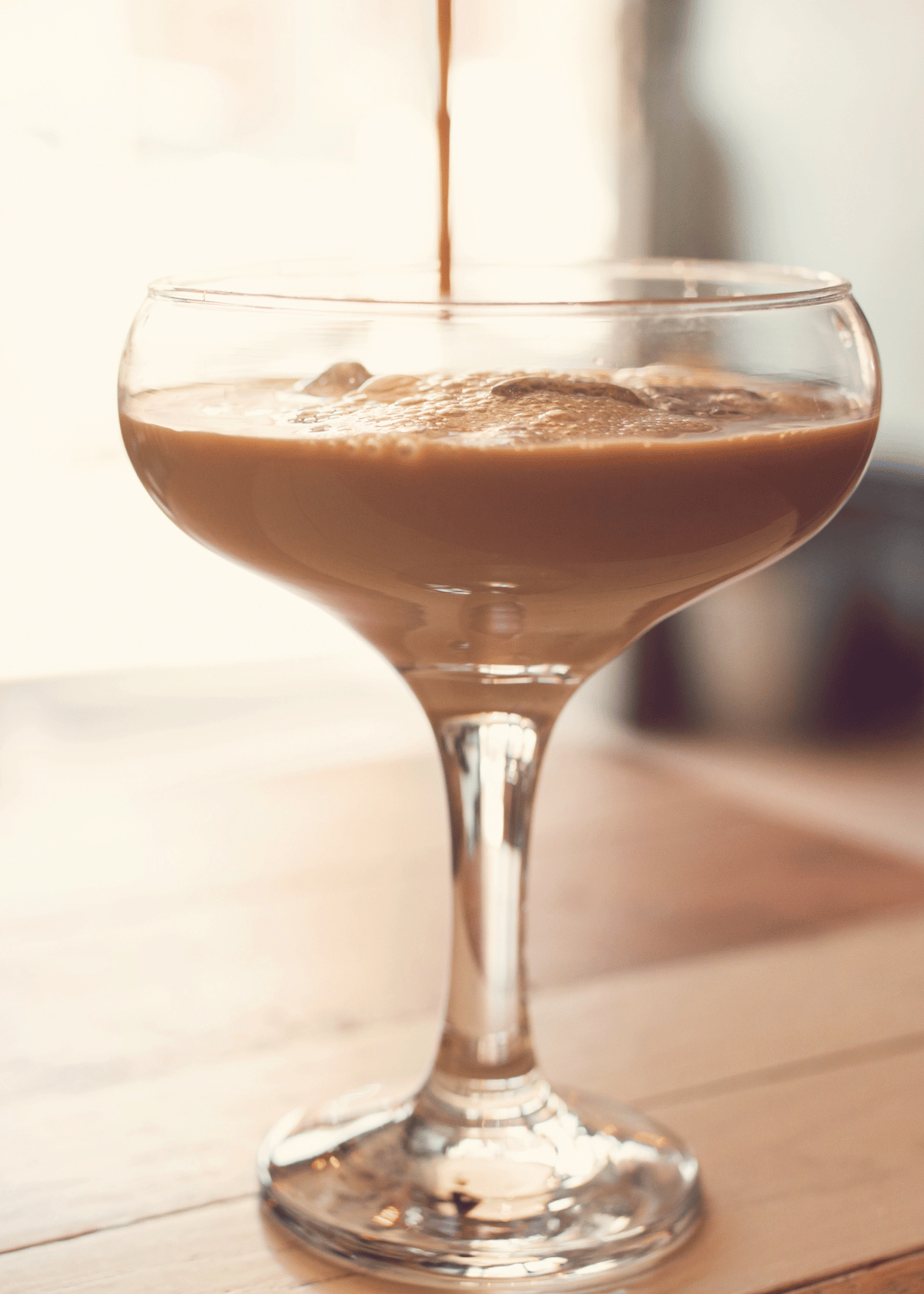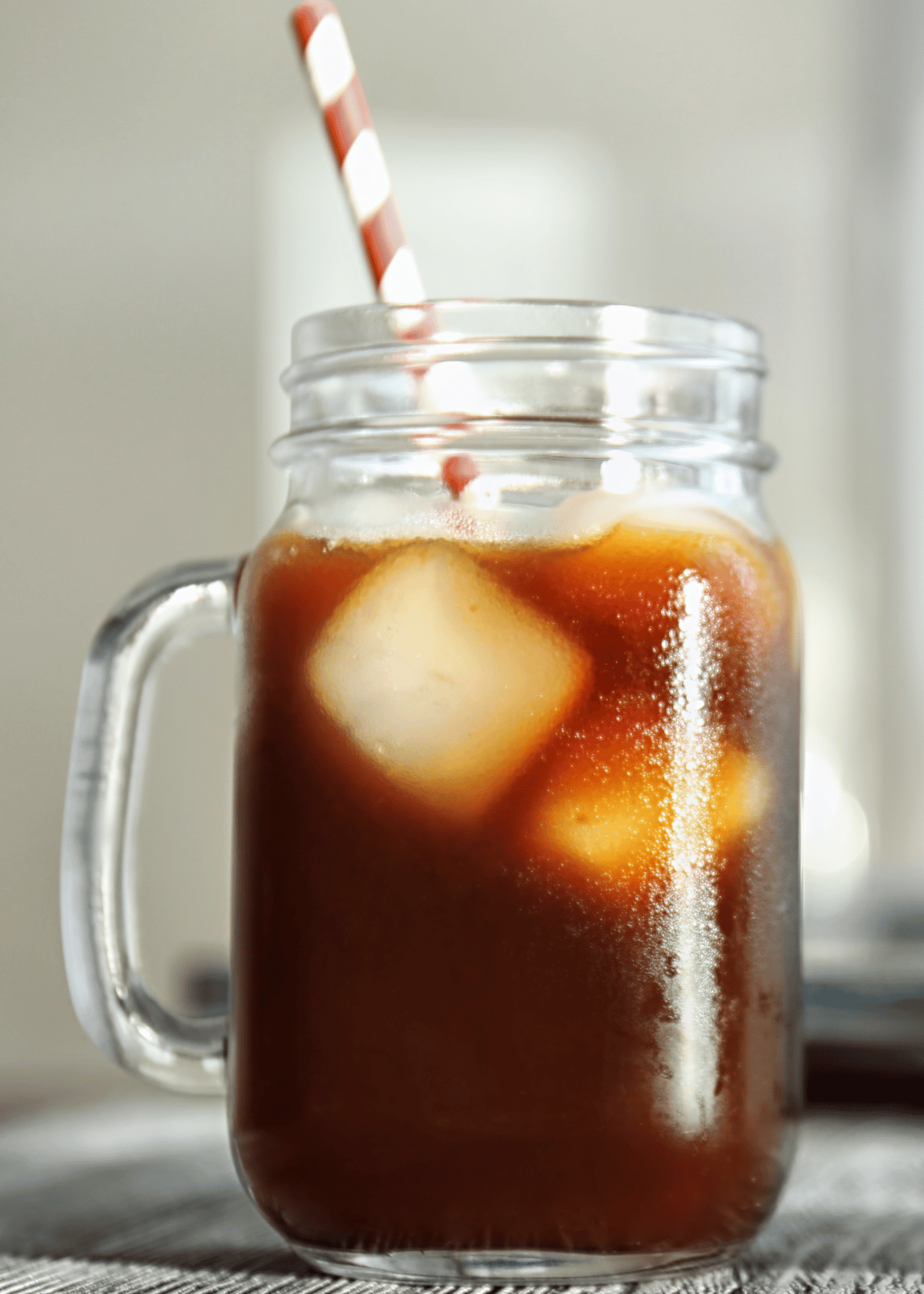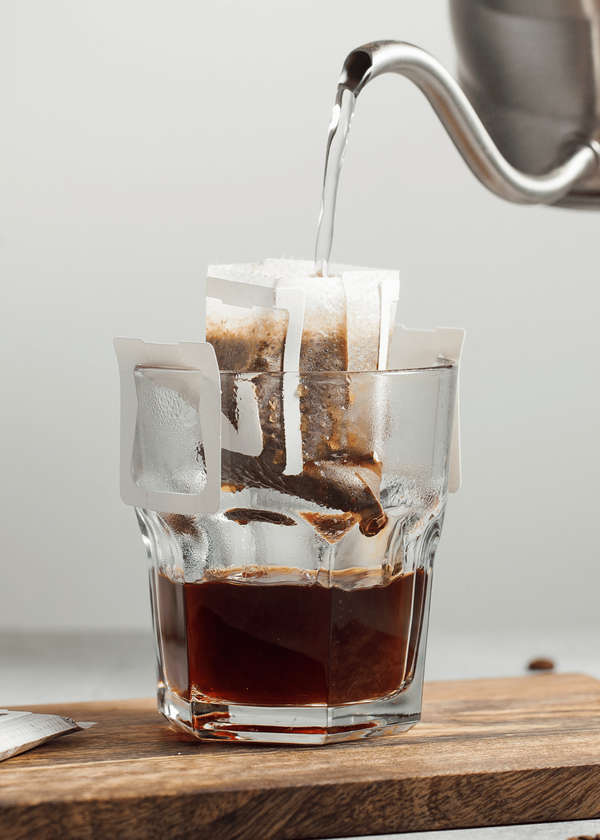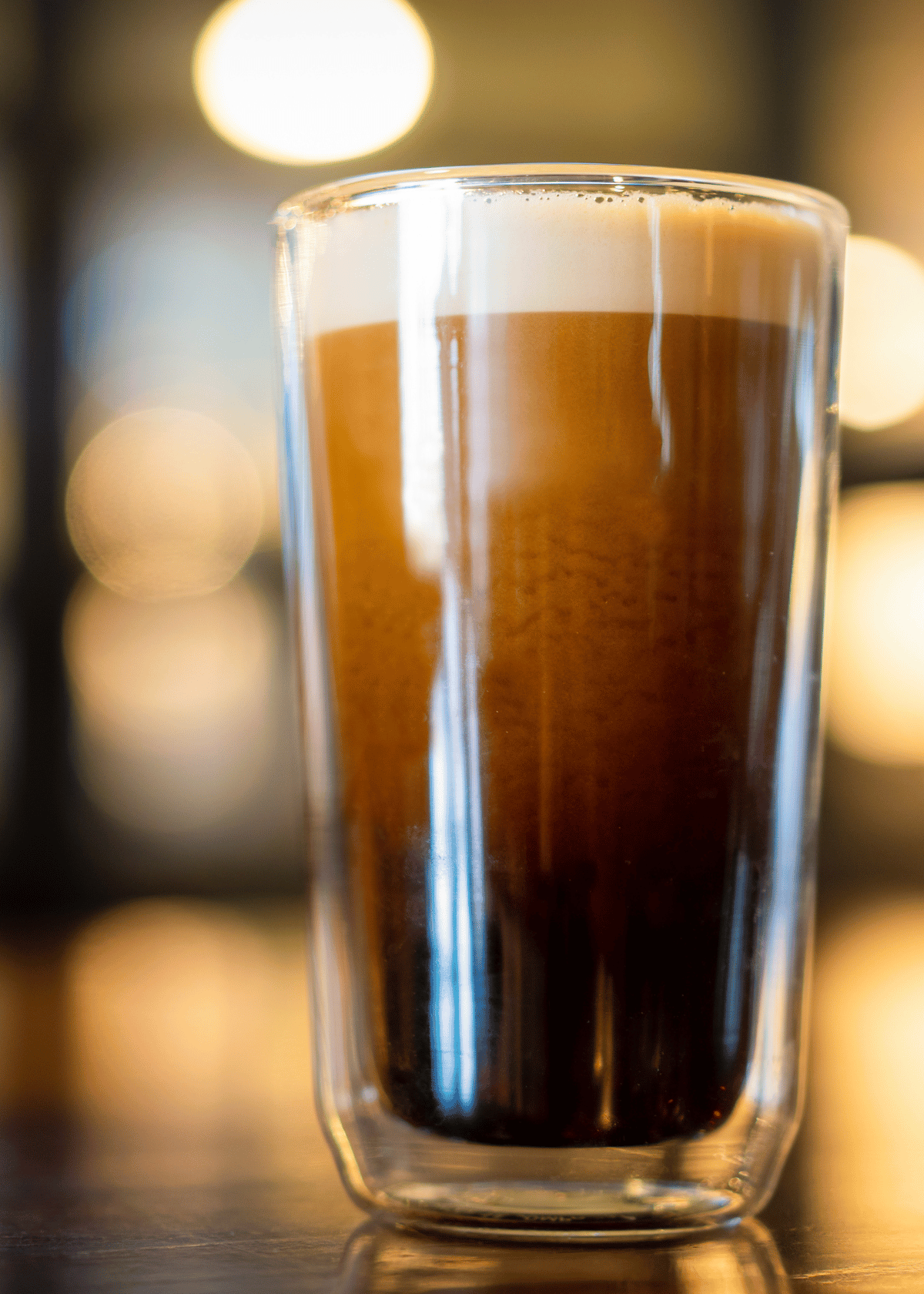Looking to make the perfect fried chicken? Or maybe some crispier fried foods? You can fry with cornstarch and make the most amazing fried dishes. This blog post will explain why cornstarch is a great option for frying, give tips for using it, and provide a delicious recipe for Japanese Fried Chicken.
What is Cornstarch?
Cornstarch, also known as cornflour, is a type of starch derived from the endosperm of corn kernels. It is used in a wide variety of culinary and industrial applications such as baking, thickening sauces, and gravies, creating a light coating for deep-fried foods, and making adhesives. Cornstarch can also be used as a binder to thicken some types of paint or even replace flour when breading meat.
When it comes to cooking at home, cornstarch is most commonly used to thicken gravies or sauces. Cooks typically dissolve the powder in cold water before adding it to the dish they are preparing. The starch granules swell up upon contact with liquid due to the amylose molecules inside them absorbing moisture into themselves like tiny sponges; this increases their volume causing your sauce or gravy to become thicker while still retaining its glossy sheen that other thickeners do not provide. Additionally, you must avoid boiling sauces that contain cornstarch too long otherwise they will lose their thickness over time as more moisture evaporates from them resulting in an undesirable runny texture instead.
It's helpful to note that you can use two tablespoons of all-purpose flour for every one tablespoon outlined in your recipe if you would rather substitute regular flour for cornstarch; however, keep in mind that using gluten-containing ingredients such as wheat flour can cause lumps if added directly so I recommend whisking them together with some liquid first before combining everything else for best results
Difference Between Cornstarch and Potato Starch
The key difference between cornstarch and potato starch lies in the fact that cornstarch is derived from maize (corn) whereas potato starch is derived from potatoes. Generally, both are used as thickening agents for sauces, soups, and puddings.
Cornstarch is made by extracting the endosperm from raw kernels of maize and grinding it to a fine powdery form. Potato starch on the other hand is obtained by extracting starches from peeled potatoes which are first dried and then reduced to a dry powder known as potato flour or wheat-free flour.
Cornstarch tends to be more flavorful compared to potato starch but it usually takes longer to thicken when added to liquid compared with potato starch which forms a clearer solution more quickly than cornstarch does hence making food preparations with texture smoother and faster than when one uses cornstarch instead. Moreover, due to its low viscosity property, potato starch works better in acidic mixtures while cornstarches work better in alkaline solutions like baking recipes where they can react with baking soda or baking powder resulting in extra fluffiness. Furthermore, since potatoes contain significantly less fat than maize do, so foods prepared using potato flakes tend to have fewer calories per serving compared with those made using cornflakes meaning that foods prepared using this type of tool are likely healthier for you overall as well!
Why Use Cornstarch for Frying?
Frying food with cornstarch is a popular and effective way to achieve a golden crispy texture on the outside and juicy tenderness inside. Cornstarch may be used as an alternative to traditional flour for coating foods before frying, or it can be added directly into hot oil for tempura-style frying.
One of the main advantages of using cornstarch for frying is that it results in a much crispier coating than traditional flour. The fine powdery consistency of cornstarch absorbs less oil and creates less greasiness than other coatings like wheat flour or breadcrumbs, making it ideal for lighter-fried dishes. Cornstarch also has a higher smoke point which allows you to fry at higher temperatures without burning your food. This ensures an even cook on the outside while maintaining moisture inside – resulting in delicious, crunchy fried goodies!
Lastly, because of its neutral flavor and light coloration, it pairs well with all types of ingredients making it easy to match different flavors and textures together when creating complex recipes. From fish fillets and vegetable fritters to chicken wings and potato wedges - adding some cornstarch can take your dish from drab to fab!
Cornstarch Frying Tips
When cooking with cornstarch, start by combining equal parts of cornstarch and potato starch (or other starches) in a bowl or shallow dish. Mix in seasonings like garlic powder, onion powder, cayenne pepper, or hot sauce if desired. Then place the chicken pieces into the mixture one at a time and turn them so that they are evenly coated. Next dip each piece into the buttermilk mixture and then back into the flour/cornstarch mixture for an extra crunchy coating before deep-frying in hot vegetable oil until golden brown and perfectly cooked through. It’s important not to overcrowd the pan as this will lower the temperature of the oil too much which can lead to soggy chicken instead of crispy chicken!
Japanese Fried Chicken Recipe
If you're looking for a delicious, savory Japanese Fried Chicken recipe that uses garlic powder, cayenne pepper, onion powder and hot sauce to create the perfect spicy flavor profile, then look no further. This recipe takes time and patience to make but it is well worth it in the end.
Ingredients for the Dry Flour Mixture:
- 2 cups all-purpose flour
- 1 teaspoon garlic powder
- 1 teaspoon onion powder
- 1 teaspoon cayenne pepper
- 2 tablespoons vegetable oil or butter
- Hot sauce (to taste)
For the Frying Mixture:
- 1 cup buttermilk or milk of your choice
- 2 eggs beaten together
For Coating:
- 2 pounds of chicken pieces cut into desired sizes (breast fillets work great here)
Instructions:
- First, heat a large pot filled with vegetable oil over medium heat until it reaches 350°F/177°C on a deep-fry thermometer. While your oil is heating up you can start making your batter mixtures.
- In one bowl mix the dry ingredients – whisk all-purpose flour with garlic powder, onion powder, and cayenne pepper until completely blended. Set aside.
- To make your buttermilk mixture – whisk together milk of choice and two eggs before adding to another bowl separately from the dry ingredient mixture above; set aside as well for later use when ready to coat chicken piece in batter mix before going into heated vegetable oil for frying.
- Now add chicken pieces one at a time into either the dry ingredient mixture first then followed by the wet mixture; ensure all chicken pieces have been evenly coated both times in order for best results.
- Gently place battered coated chicken pieces one by one inside a heated deep fryer filled with preheated vegetable oil (cook times vary depending on the size of cut-up chicken pieces) usually around 4 minutes on each side will be sufficient cook time.
- Finally, transfer the fried chicken onto a paper towel-lined plate allowing the grease to drain off.
- Serve warm alongside your favorite dipping sauces. Enjoy!
Bottom Line: Using Cornstarch for the Crispiest Fried Chicken
Fried foods are always popular but they can be tricky to get just right! With cornstarch, you can get perfectly crispy fried food every time without having to worry about soggy results or tough coatings that fall off during cooking. Plus you can use traditional flavors like garlic powder, onion powder, and cayenne pepper as well as more unique ingredients like a hot sauce when creating your special recipes such as our Japanese Fried Chicken recipe above. Alternately experiment with different spices to make your own unique fried chicken recipes!

